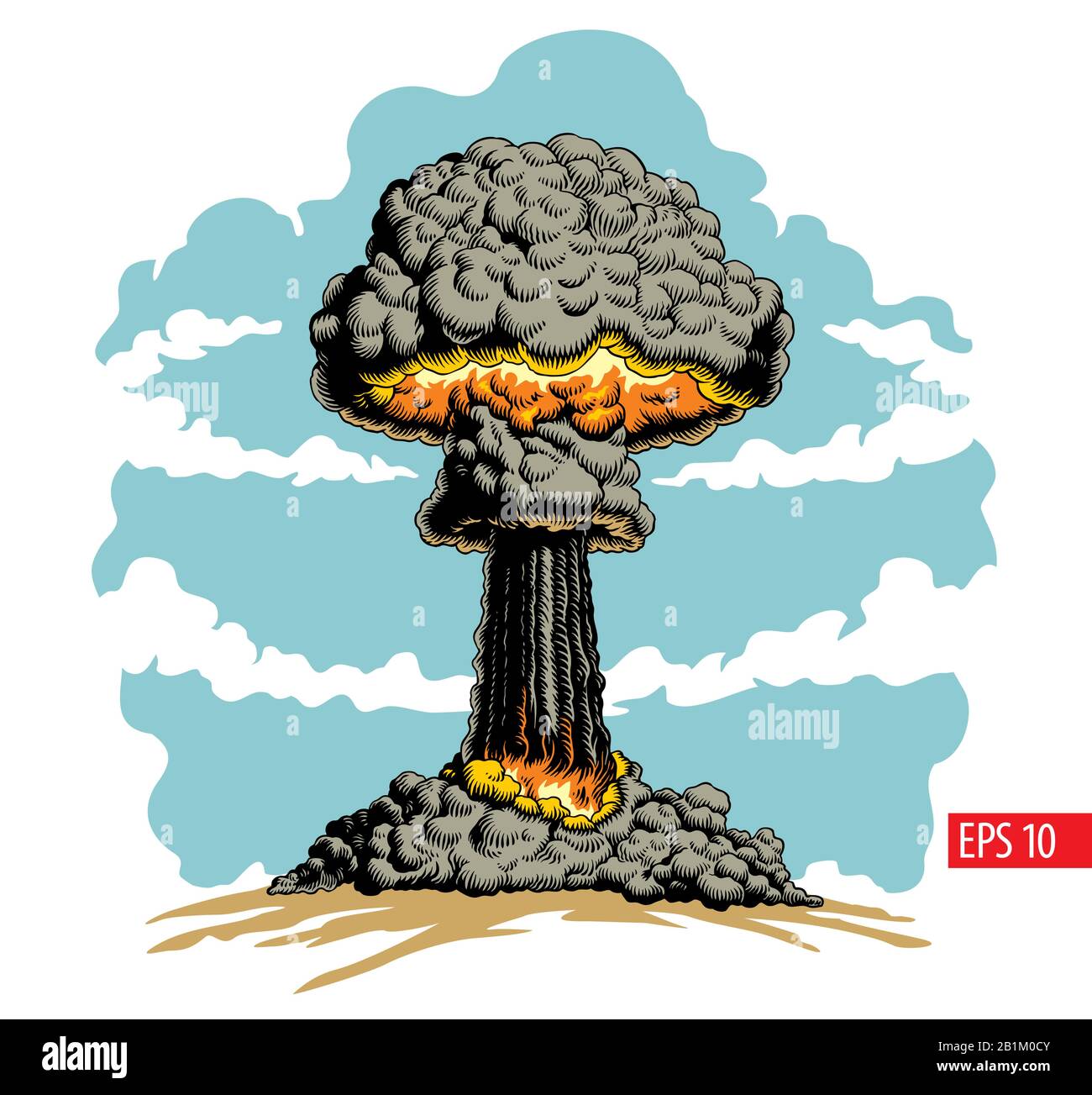

It seems that this act would have gone against the Emperor's intentions, and even an act of resistance. What is most puzzling is how the Imperial Japanese veteran said that the weapon was tested, on the day of the surrender. It is said that there was a U-boat, U-234, that was on its way to Japan with a shipment of uranium oxide, but was intercepted by Allied destroyers and was forced to surrender, but Cold War era secrecy has kept this incident under uncertainty, if it honestly happened. It is known that they attempted to create a nuclear weapon, even to the point where they were, apparently, attempting to design one, but never reached the stage of actually building it, as they were lacking the nuclear material required to do so. It is curious that you were told that they were, it may have been that this was misinformation to boost moral, or something that was distorted as it was spread from soldier to soldier. Tom Parish, the Imperial Japanese were never fully capable of building a nuclear weapon. (Photo credit: Hiromichi Matsuda / Nagasaki Atomic Bomb Museum). The Emperor of Japan gave his permission for unconditional surrender. Even though the War Council still remained divided (“It is far too early to say that the war is lost,” opined the Minister of War), Emperor Hirohito, by request of two War Council members eager to end the war, met with the Council and declared that “continuing the war can only result in the annihilation of the Japanese people…”. On August 12, the Emperor of Japan informed the imperial family of his decision to surrender. The radius of total destruction was about 1 mi (1.6 km), followed by fires across the northern portion of the city to 2 mi (3.2 km) south of the bomb.

The explosion generated heat estimated at 3,900 ☌ (7,050 ☏) and winds that were estimated at 1,005 km/h (624 mph).įorty thousand people died, and another forty thousand were injured, according to the American government’s postwar estimates. The resulting explosion had a blast yield equivalent to 22,000 tons of TNT. This was nearly 3 km northwest of the planned hypocenter. It exploded 47 seconds later at 1,650 ft (503 m), above a tennis court halfway between the Mitsubishi Steel and Arms Works in the south and the Nagasaki Arsenal in the north. The Fat Man weapon, containing a core of about 6.4 kg (14 lb) of plutonium, was dropped over the city’s industrial valley. Given the plane’s mechanical problems, the crew was close to the point at which they would have to turn back or risk ditching. Tinian time, by which point it had been in the air for nearly eight hours. After three runs over the city, and with fuel running low, the wing headed for their secondary target, Nagasaki.īockscar arrived at Nagasaki at 11:50 A.M. The clouds and smoke resulted in 70% of the area over Kokura being covered, obscuring the aiming point. The delay had resulted in clouds and drifting smoke from fires started by a major firebombing raid on nearby Yahata the previous day over Kokura.Īdditionally, the Yawata Steel Works intentionally burned coal tar, to produce black smoke. The crew had been expressly ordered to pick out their target visually, rather than by radar, since the explosive reach of the bomb, although astonishing, was still limited enough that to be off by a mile or two might result in the majority of its power being wasted.Īfter exceeding the original departure time limit by a half-hour, Bockscar, finally was over Kokura. The mission plan for the second attack was nearly identical to that of the Hiroshima mission, with two B-29s flying an hour ahead as weather scouts and two additional B-29s in Bockscar’s flight for instrumentation and photographic support of the mission. The atomic bombings of Hiroshima and Nagasaki will forever live in the pages of history as two of the most significant turning points in modern history, initiating the world into the nuclear age.Īt 03:49 on the morning of August 9, 1945, Bockscar carried Fat Man, with Kokura as the primary target and Nagasaki the secondary target. The destruction was so incredible that there is no count on how many people died that day.

This is believed to be the earliest photograph from the ground, 15 minutes after the plutonium bomb detonated over Nagasaki. Picture taken from Koyagi-jima, 5 miles from the center of Nagasaki. The rising mushroom cloud over Nagasaki, a few minutes after the nuclear bomb was detonated, August 9, 1945.


 0 kommentar(er)
0 kommentar(er)
